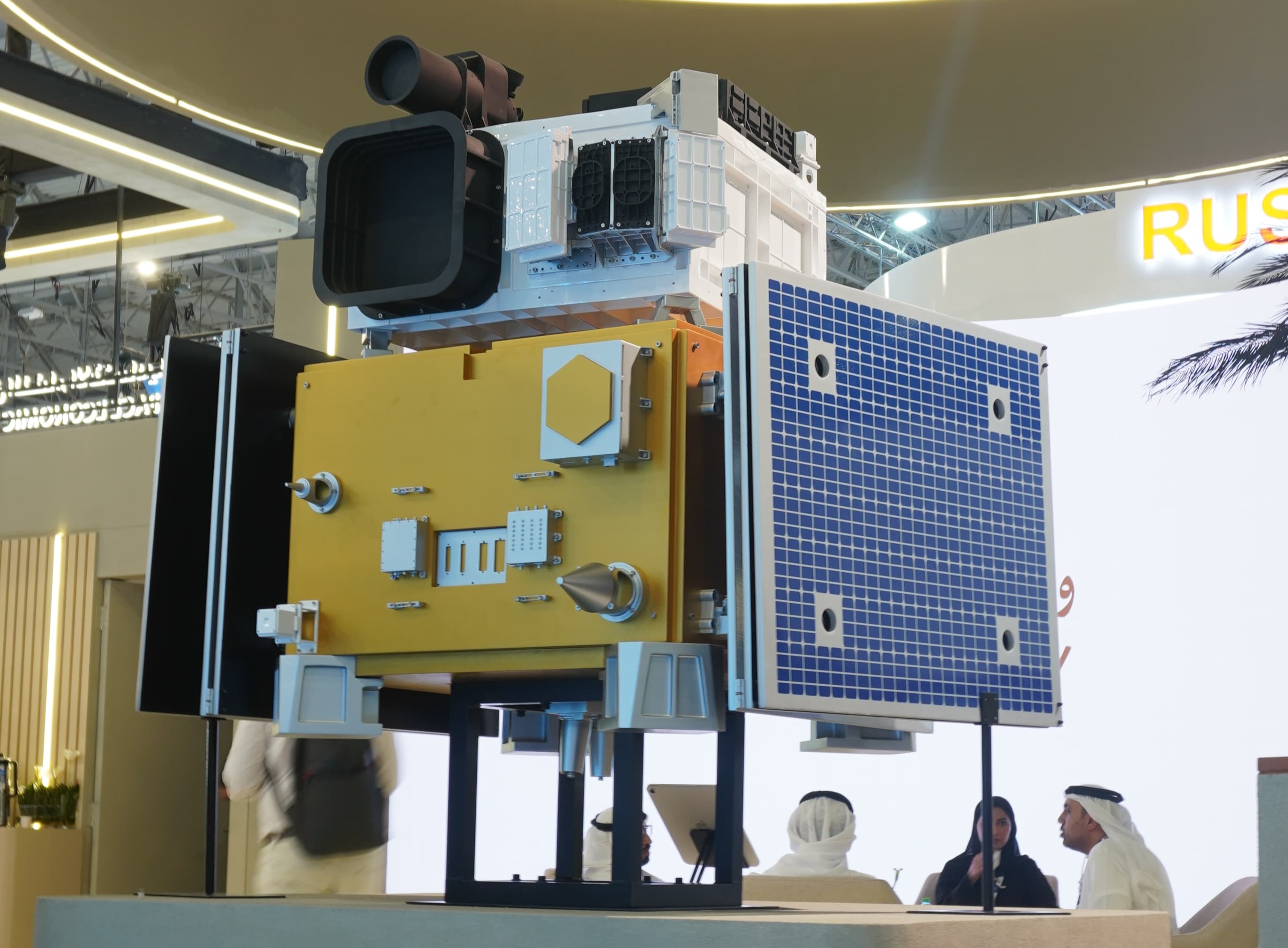Exploring Selective Laser Sintering (SLS) in Additive Manufacturing
In the realm of additive manufacturing, Selective Laser Sintering (SLS) stands out as a revolutionary technology that is transforming the landscape of rapid prototyping and small-scale production. Let's delve into the details of SLS and understand its significance in the manufacturing industry.
Understanding Selective Laser Sintering (SLS)
Principles of SLS:
SLS is an additive manufacturing technique that uses a high-powered laser to selectively fuse powdered materials, typically plastics, nylon, or metals, into a solid 3D structure.
The process involves layer-by-layer sintering of the powdered material based on a 3D digital model, leading to the creation of intricate and complex geometries.
Key Components:
Powder bed: A thin layer of powdered material that serves as the base for building the object.
Laser system: The high-energy laser source that selectively sinters the powder.
Build platform: The movable platform where the object is gradually constructed.
Advantages of SLS:
Wide range of materials: SLS supports various materials, allowing for versatility in producing parts with different properties.
Complex geometries: The layering process enables the creation of intricate designs that may be challenging with traditional manufacturing methods.
No support structures: As the parts are surrounded by unsintered powder, complex shapes can be produced without the need for additional support structures.
Applications of Selective Laser Sintering (SLS)
Selective Laser Sintering finds extensive utility across diverse industries due to its versatility and efficiency. Some common applications include:
Prototyping: Rapid iteration and testing of product designs.
Customized Medical Implants: Tailored implants based on patient-specific anatomical data.
Aerospace Components: Lightweight and complex parts for aircraft and spacecraft.
Automotive Parts: Prototyping and production of automotive components.
Tooling and Molds: Quick production of tooling and molds for manufacturing processes.
Future Prospects of Selective Laser Sintering
As technology continues to advance, the future of SLS appears promising with ongoing developments such as:
Enhanced Materials: Research is focusing on expanding the range of materials compatible with SLS, including composites and high-performance alloys.
Increased Speed and Accuracy: Efforts are underway to improve the speed and precision of SLS systems, making them more efficient for industrial-scale production.
Conclusion
Selective Laser Sintering (SLS) stands as a cutting-edge additive manufacturing technology that offers flexibility, precision, and design freedom unmatched by traditional manufacturing methods. As the industry evolves, SLS is poised to play a pivotal role in driving innovation across various sectors.
Whether you are in prototyping, aerospace, healthcare, or automotive industries, embracing SLS can revolutionize your manufacturing processes and product development strategies.
Remember, the future of manufacturing is here with Selective Laser Sintering!



